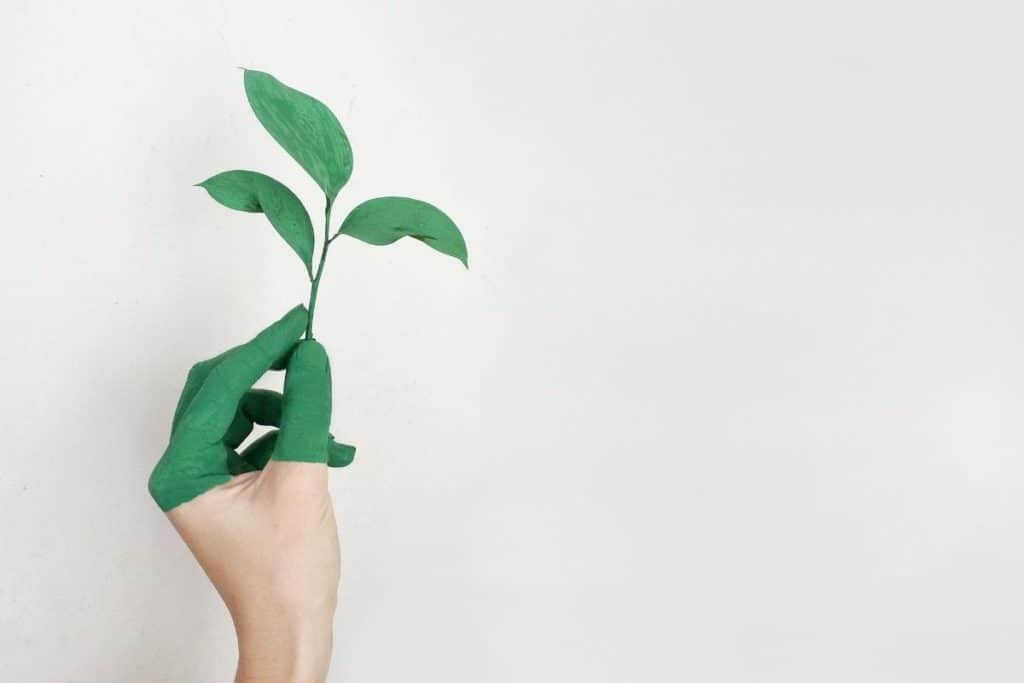
Plants have many interesting parts that are all unique and essential to our environment. But, how many parts are there on plants and what is the function of every part?
There are 6 main parts on a plant which are: flower, seeds, fruit, leaf, stem, and roots. There are actually far more parts on a plant because every main part can be separated into more parts which can then be separated into more parts etc.
Plants are beneficial for other living organisms in terms of shelter, food, and oxygen. This is why it is important that we keep our green lands healthy, and continue planting for the next generations to come. Plants have many functions that are fulfilled by the consumption of humans and animals.
How Many Parts are there?
Typically, plants have 5 basic parts that are divided into two systems:
- The root system - Roots.
- The shoot system - Flower, seeds/fruit, leaf, and stem.
The root system only has the roots as its basic part, which covers the underground parts. On the other hand, the shoot system is consists of parts that can be found above the ground.
As you can see below in the left picture, there are all the main parts of the plant which you can categorize into 5 (or 6 if you count seeds separately) main parts. These main parts are then categorized into subsections that have a lot of different parts too (see right picture below - a close up of the flower). These parts can then again be looked at closely to distinguish more parts with different tissues, cell types, and organelles.
To keep this post organized, I'm only going to write about the 5 main parts of a plant. The 5 main parts of a plant are:
- Flower
- Seeds
- Fruit
- Leaf
- Stem
- Roots
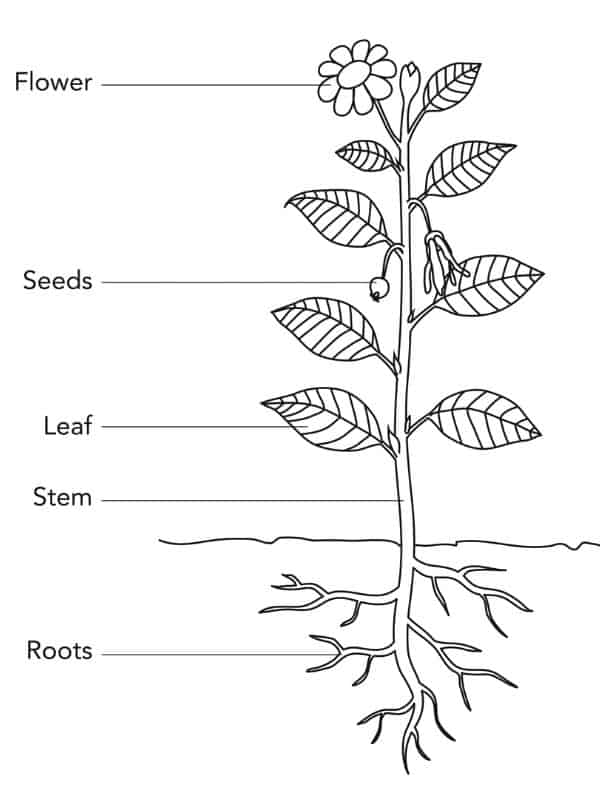

Images by: Wikipedia & Siyavula Education
Flower
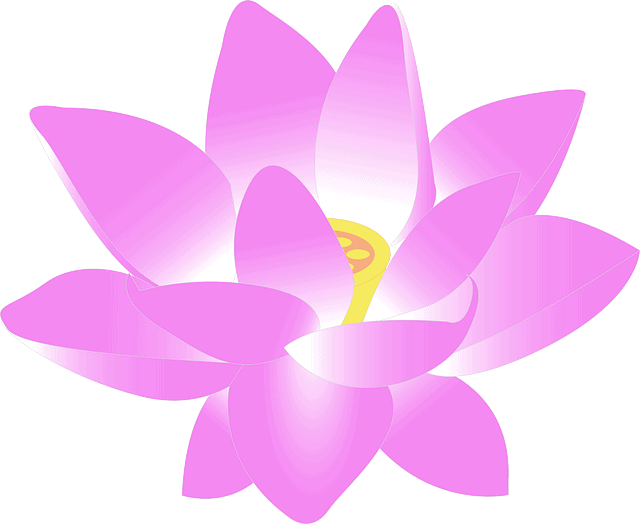
Flowers are the aesthetically appealing part of the plant. However, this is only for flower-bearing plants. It stimulates pollination I plants and fertilization in the ovule. Nonetheless, it helps plants in sexual reproduction.
Flowers have four parts namely: sepals; petals; stamens; and carpel.
- Sepals - it is found below the petals to protect flower buds from injury. It is green in color.
- Petals - They vary in colors and are designed for pollination.
- Stamens - They are the male reproductive part of a plant that consists of anther and filament.
- Carpel - They are the female reproductive part that consists of stigma, style, and ovary.
Seeds
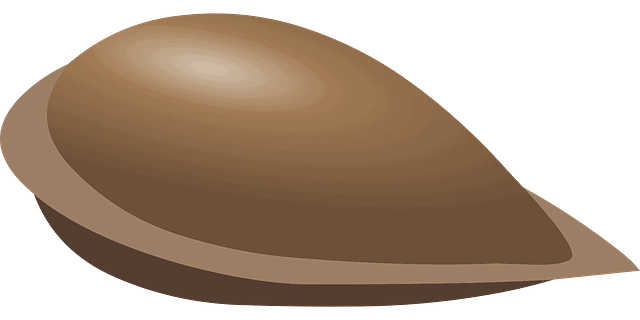
Seeds contain plant material that can develop into another plant which is also their main function. This plant material is a small embryonic plant that is covered with a protective seed coat. Each seed also contains a specific amount of cotyledons and are sometimes referred to as "seed leaves".
The seed leaves serve to access the stored nutrients in the seed, feeding the seed until it will develop its own leaves whit which it can begin to photosynthesize.
Often times Seeds and fruits are counted as one main part of the plant because when a plant grows fruit, it covers the seeds to protect them and for dispersal to a new location.
Fruit
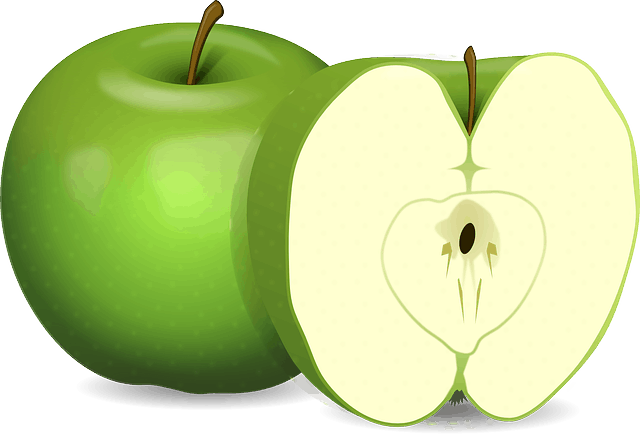
Fruits are the food produced by plants. But just like flowers, they are only applicable to those plants that are fruit-bearing. They are the ripened ovary after the fertilization process. These fruits are then used for either food consumption or new plant formation.
One of the biggest functions of fruits is plant reproduction. It is the reason why plants can be reproduced countless times. Aside from this, it also prevents humans and animals from starvation and helps gain natural nutrients.
Plants may have a lot more unique parts than the basic ones. However, these basic parts are also the main reasons for the plant’s growth. But despite having distinct functions from one another, they work as one and provide benefits together for the plant.
Leaf
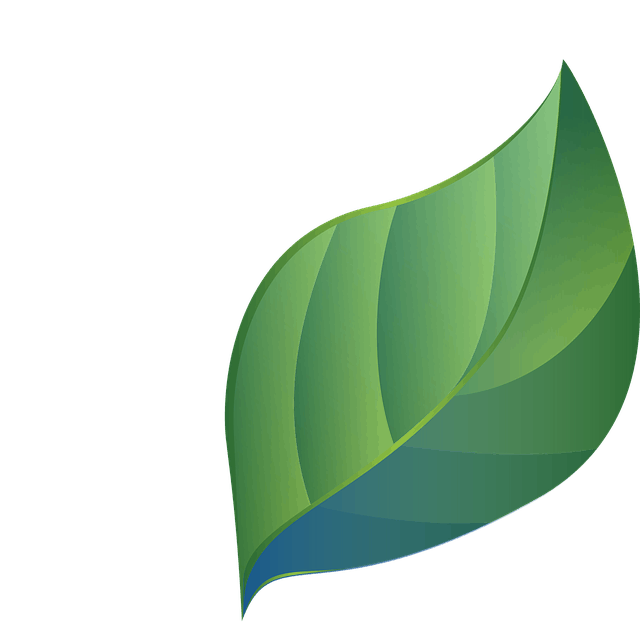
The most popular function of the leaves is the photosynthesis process.
Leaves are where the photosynthesis occurs, the process of getting energy from the sunlight and convert it into nutrients to support the plant.
Leaves also have many forms, it can be feathery fronds or needle-like leaves. But regardless of its look, they also function the same, which is to turn water and food into nutrients that the plant can utilize for growth.
Aside from performing photosynthesis, leaves can also store water so that in case of drought, the plant has enough reserved water to consume for survival.
Stem
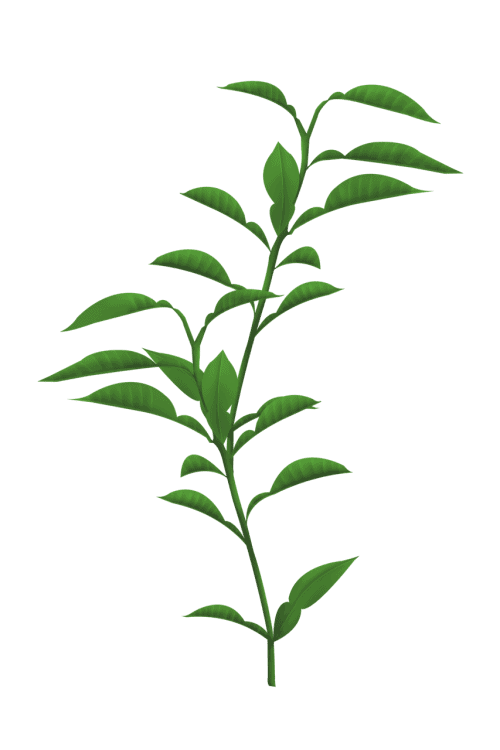
The stem is the first part above the ground and in the center of the plants. It is the part that stays in the middle between the roots and the leaves. There are cells within the stem that carries their function to the other part of the plants.
Xylem cells transport water from the roots to the leaf, while phloem cells provide the transportation of food in the form of nutrients.
Just like the roots, the stem also needs to provide stability to the entire plant. It needs to be sturdy so it can carry the weight of what is above it. It may be the leaves, fruits, or flowers. Nonetheless, stems are essential to the healthy growth of plants.
Roots
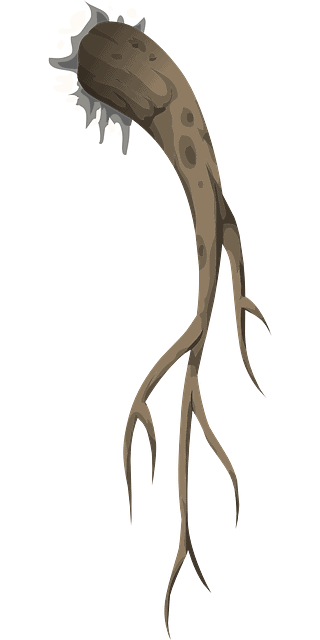
The roots of a plant are the lower section that lies below the surface of the soil. It is attached to the stem at its base. They are vital to the growth of the plant as they are tasked to anchor the plant to the ground for support while seeking out moisture and nutrients that will be delivered to the entirety to make it grow.
These are often invisible and can extend much further than the plant itself. It spreads deep down the soil to ensure that plants will be getting enough nutrients for growth. Roots are also responsible for storing food that will be used in the future.
There are different types of roots depending on the kind of plant. There are shallow fibrous roots that are hair-like fibers (usually in grasses), while there are larger shrubs with strong thick roots that can provide stability to the plant during wind and rainstorms.

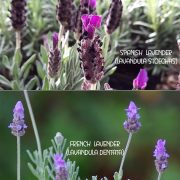

Leave a Reply